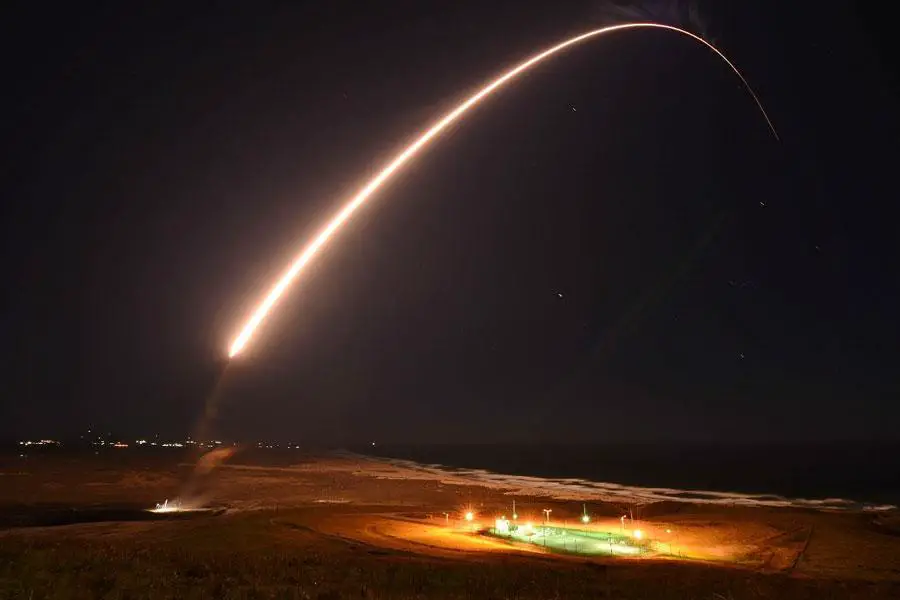Boeing has been selected by the U.S. Air Force as the prime contractor for the nation’s intercontinental ballistic missile (ICBM) guidance subsystems support. The contract is worth up to $1.6 billion over 16 years, will be primarily performed in Ogden, Utah, and Heath, Ohio, and is expected to support a significant amount of direct and indirect jobs in the area. Boeing will maintain the around-the-clock readiness and accuracy of Minuteman ICBM guidance systems — which have logged more than 40 million hours of continuous operation — to ensure safe, secure and effective strategic deterrence into the late 2030s.
“We built the Minuteman’s guidance system, so no one knows it like Boeing. Our highly-specialized facilities and top-flight engineers enable us to sustain it with unmatched quality and precision,” said Ted Kerzie, program director of Strategic Deterrence Systems. “We look forward to continuing our partnership with the Air Force on this all-important mission.”
The Boeing-built ICBM weapon system has served as the backbone of the U.S. nuclear triad since the inception of strategic deterrence. Boeing is the only company that has continuously supported every ICBM subsystem — guidance, ground, propulsion and re-entry — over the lifetime of the system. The LGM-30 Minuteman is an American land-based ICBM in service with the Air Force Global Strike Command. As of 2023, the LGM-30G Minuteman III version is the only land-based ICBM in service in the U.S. and represents the land leg of the U.S. nuclear triad, along with the Trident submarine-launched ballistic missile (SLBM) and nuclear weapons carried by long-range strategic bombers.
Development of the Minuteman began in the mid-1950s when basic research indicated that a solid-fuel rocket motor could stand ready to launch for long periods of time, in contrast to liquid-fueled rockets that required fueling before launch and so might be destroyed in a surprise attack. The missile was named for the colonial minutemen of the American Revolutionary War, who could be ready to fight on short notice. The Minuteman III will be progressively replaced by the new Ground Based Strategic Deterrent (GBSD) ICBM, to be built by Northrop Grumman, beginning in 2030.















